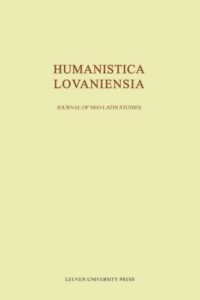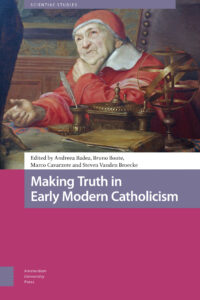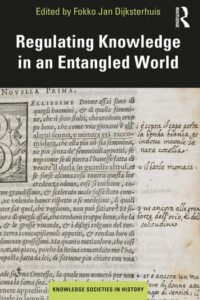In book 8 of Virgil’s Aeneid, Evander, the Arcadian King of Palanteum, receives Aeneas as his guest and shows him around the site where the future city of Rome will rise. Evander leads Aeneas from the Ara Maxima, past the Capitoline, to his house on the Palatine, all the while recounting the history of the site, from the Golden Age of Saturn up to more recent events. Modern scholars have underlined the importance of this passage in understanding how Virgil presents the religious and historical significance of the site of Rome. Indeed, although this is an epic about the foundation of the Roman empire, this is the only passage where Aeneas actually visits the site destined to be the caput mundi (head of the world).
During the Renaissance, numerous humanist poets imitated Virgil by including similar walks through Rome in their Latin epics, the most famous being Francesco Petrarch’s Africa, and Ugolino Verino’s Carlias. Yet although this link has been acknowledged to some extent, many of these references have not been adequately explored and they have also never been studied from a comparative perspective. These Virgilian walks offer an intriguing insight into the complex process by which the humanist poets appropriated the multiple dimensions of the passage from the Aeneid. In addition, the walks show how the site of Rome became a prominent battleground during the Renaissance for a debate over scholarly, moral and political idea(l)s.


